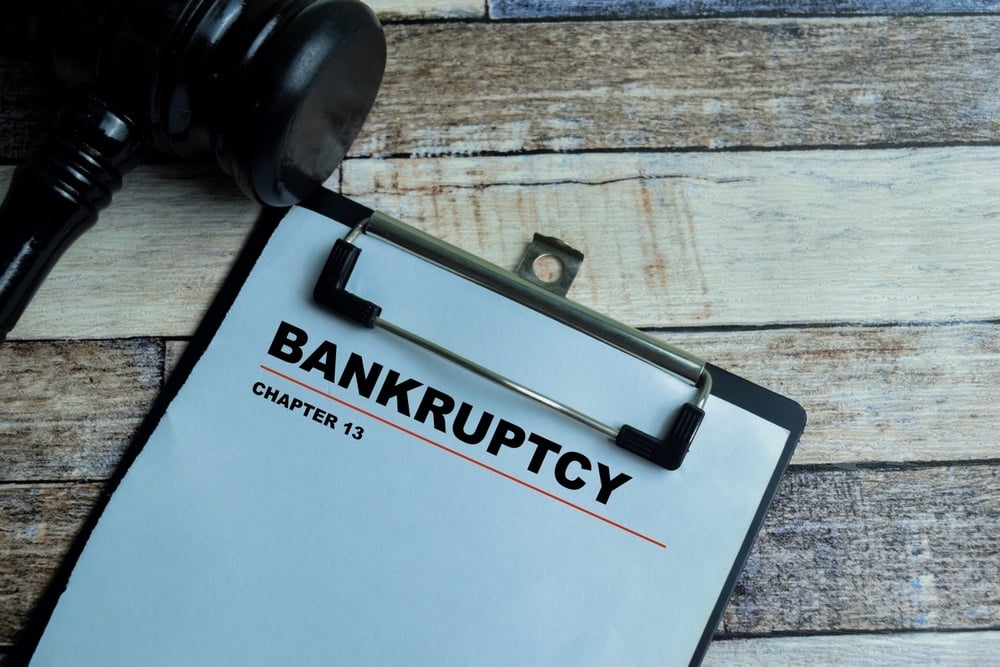Be an Expert: Precedential PTAB Decision on Conclusory Expert Testimony | Baker Botts L.L.P.
A recent precedential decision from the Patent Trial and Appeal Board (“PTAB”) may serve as a warning for those parties who plan on relying on expert declarations in their inter partes reviews (“IPR”). On August 24, 2022, the PTAB denied institution of an IPR filed by Xerox Corp., ACS Transport Solutions, Inc., Xerox Transport Solutions, Inc., Conduent Inc., and New Jersey Transit Corp. (collectively, “Petitioners”) against Bytemark, Inc. (“Patent Owner”) based on conclusory statements used in their expert declaration in support of their IPR. This decision was later designated as a precedential decision on February 10, 2023, by Director Kathi Vidal of the United States Patent and Trademark Office (“USPTO”). See Xerox Corp. v. Bytemark, Inc., IPR2022-00624, Paper 9 (August 24, 2022) (hereinafter “IPR2022-00624”).
Ultimately, in the decision, the PTAB noted that the Petitioners had not shown there was a reasonable likelihood that they would prevail with regard to at least one of the claims challenged in the petition and therefore denied institution. Xerox Corp., IPR2022-00624 at 18.
What is an Expert Declaration?
An expert declaration is a form of direct testimony or evidence many parties rely upon in their IPRs, which can help strengthen a petitioner’s case. Expert declarations can also be used by a patent owner to avoid an IPR institution. Specifically, because a petitioner bears the burden of proof in an IPR, the patent owner can use an expert declaration to showcase disputes of material fact or inconsistencies to help highlight the petitioner’s failure to meet its burden of proof. Conversely, a petitioner can use an expert declaration in support of its assertions against a patent owner’s attacks.
Interestingly, while expert declarations can be helpful in PTAB proceedings, there does not appear to be any clear trend of institutions that are either granted or denied with an expert declaration filed prior to institution.1
PTAB Decision
In the dispute between Xerox and Bytemark, the Patent Owner, Bytemark, had originally filed a lawsuit against Xerox in the U.S. District Court for the Southern District of New York for patent infringement, breach of contract, trade secret misappropriation, unfair competition and unjust enrichment. In response, Xerox, the Petitioner, challenged the validity of U.S. Patent No. 10,360,567 B2 (the “’567 Patent”) and filed a Petition requesting an IPR of claims 1-16 of the ’567 Patent. Xerox Corp, IPR2022-00624 at 2.
The ’567 Patent is titled “Method and System for Distributing Electronic Tickets with Data Integrity Checking” and is generally directed to an electronic ticketing system where tickets are obtained electronically and are stored on the user’s device. When the ticket is presented, the ticket taker verifies the ticket by inspecting some sort of visual object that a human can perceive without needing a machine scanning it. See Xerox Corp, IPR2022-00624 at 3; U.S. Patent No. 10,360,567 B2 (filed May 23, 2014).
According to Xerox’s Petition, claim 1, the sole independent claim, requires the server to be configured to “store in a data record associated with the user account a data value indicating the fraudulent activity.” Id. at 13. The Petitioners’ main arguments rely on prior art references that they argue invalidate the ’567 Patent. For example, the Petitioners note that the prior art teaches that “after fraudulent activity is detected, ‘the purchaser of the ticket could be blocked from further use of the system or pursued in respect of their potential fraud.’” Id. As a result, Petitioners assert that “[a] POSITA would understand that such a blocking would require recording the blocking in a data record associated with that user’s account.” Id. Petitioners also assert that “[a] POSITA would find it obvious that blocking the account of the purchaser from further use of the system would include storing a data value indicating the fraudulent activity in a data record associated with the user account” which is taught in the prior art. Id. In response, the Patent Owner states that the Petition “fails to show that the [prior art] combination teaches or suggests storing a data value indicating fraudulent activity” and further that the entire analysis consists of conclusory statements. Id.
Petitioners’ key argument relies on the statements made in an expert declaration by its declarant, Dr. Mark Jones. For example, the PTAB highlighted that “Dr. Jones offers only a verbatim restatement of the assertion being supported, without any supporting evidence or technical reasoning.” Id. at 16. Not only did Dr. Jones not provide any technical explanations or factual evidence for his statements in the declaration, he simply repeated verbatim the assertions in the Petition.
Ultimately, in its decision, the PTAB disagreed with the Petitioners and noted that the “excerpt from Dr. Jones’ declaration … merely repeats, verbatim, the conclusory assertion for which it is offered to support.” Id. at 15. The PTAB further stated that “the cited declaration testimony is conclusory and unsupported, adds little to the conclusory assertion for which it is offered to support, and is entitled to little weight.” Id. As a result, the PTAB concluded that the Petitioners were not reasonably likely to prevail with respect to at least one of the claims challenged in the Petition and denied institution of an IPR of the claims.
USPTO Director Kathi Vidal’s Review
Director Kathi Vidal granted sua sponte director review and affirmed the PTAB’s decision denying institution and designated the decision as precedential. In her review, she addressed the weight that may be given to such conclusory expert testimony and further stated that “[t]he declaration [did] not provide any technical detail, explanation, or statements supporting why the expert determines that the feature in question [were] required or would have been obvious based on the prior art disclosure.” Xerox Corp. et al. v. Bytemark, IPR2022-00624, Paper 12 at 5 (Feb. 10, 2023). In sum, Director Vidal highlights that it is not enough for a declaration to simply put forth conclusory assertions as though they are facts without providing any actual facts and evidence in support of those assertions.
Conclusion and Practice Tips
Both the Director’s review and the PTAB’s decision present a cautionary tale to those who wish to rely upon expert declarations in their IPRs. While expert declarations can be incredibly useful in PTAB proceedings, it is important that such expert testimony meaningfully sets forth facts and technical evidence in support of one’s positions to ensure the testimony will be afforded any weight. Practitioners should allocate time and resources upfront toward their technical experts to assure they proffer declarations that will advance one’s arguments rather than repeat their assertions.





